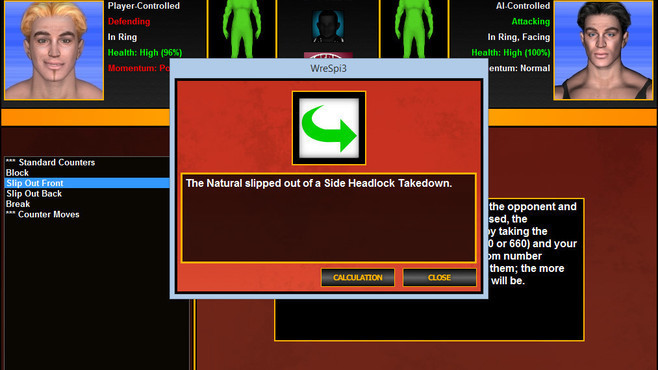

Both emphasize embodied presence as a way to honor the dignity of their communities in the present and reconnect to their ancestors. Scott was born and raised in a Gullah Geechee family on Pawleys Island, off the coast of South Carolina, and spends part of each year in Washington, D.C. The New York–born Raimundi-Ortiz lives and works in Orlando, Florida, and maintains strong connections to her Afro-Latinx family in Mayagüez and Bayamón, Puerto Rico. In their reparative performance art practices, Wanda Raimundi-Ortiz and Sheldon Scott materialize and animate the diasporic consciousnesses that are foundational to the cultural texture of communities of color in the American South. Today, the persistence of colonialist attitudes and exploitative economic practices tests the cultural tenacity of the Gullah Geechee Black folks of the Sea Islands, descendants of Guale and West Africans, and the Afro-Taíno-Latinx communities living in Puerto Rico or stateside.¹ These disparate groups survived by merging into new communities of color, which in turn created hybrid cultural forms that evolved over generations as their descendants endured unrelenting forced labor. When Africans arrived in the Americas, colonial slavery was already decimating Indigenous populations, including the Guale people of the Sea Islands off the coast of what is now Georgia and South Carolina, and the Arawak peoples throughout the Caribbean islands. The South: Trauma, Joy, and the Arc of America's National Story Jammie Holmes on Painting His Hurt and His Hope Throughout this period, the danger of human disconnection that Donne laments was a horrific reality for the millions of kidnapped Africans who survived the transatlantic slave trade’s Middle Passage.

The major European imperial powers battled over territory once controlled by Native peoples for the next century, until the former British colonies that had become the United States asserted their hegemony over the remaining Spanish colonies and, in so doing, became an empire. Great Britain had just declared war on Spain, seeking to gain control over Puerto Rico and the other islands strategically located between the two American continents. John Donne wrote Meditation XVII in 1624, just five years after the first enslaved Africans were sold at Jamestown. And therefore never send to know for whom the bell tolls it tolls for thee. No man is an island entire of itself every man is a piece of the continent, a part of the main if a clod be washed away by the sea, Europe is the less, as well as if a promontory were, as well as any manner of thy friends or of thine own were any man’s death diminishes me, because I am involved in mankind. Sheldon Scott: Abide in Me, 2019–21, digital print, 37 by 25 inches documenting the performance Portrait, number 1 man (day clean ta sun down), 2018.


 0 kommentar(er)
0 kommentar(er)
